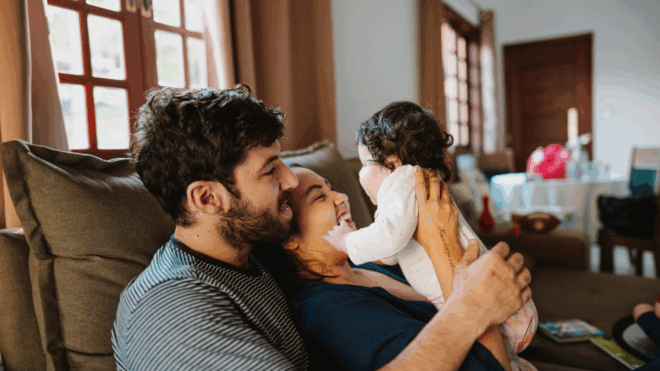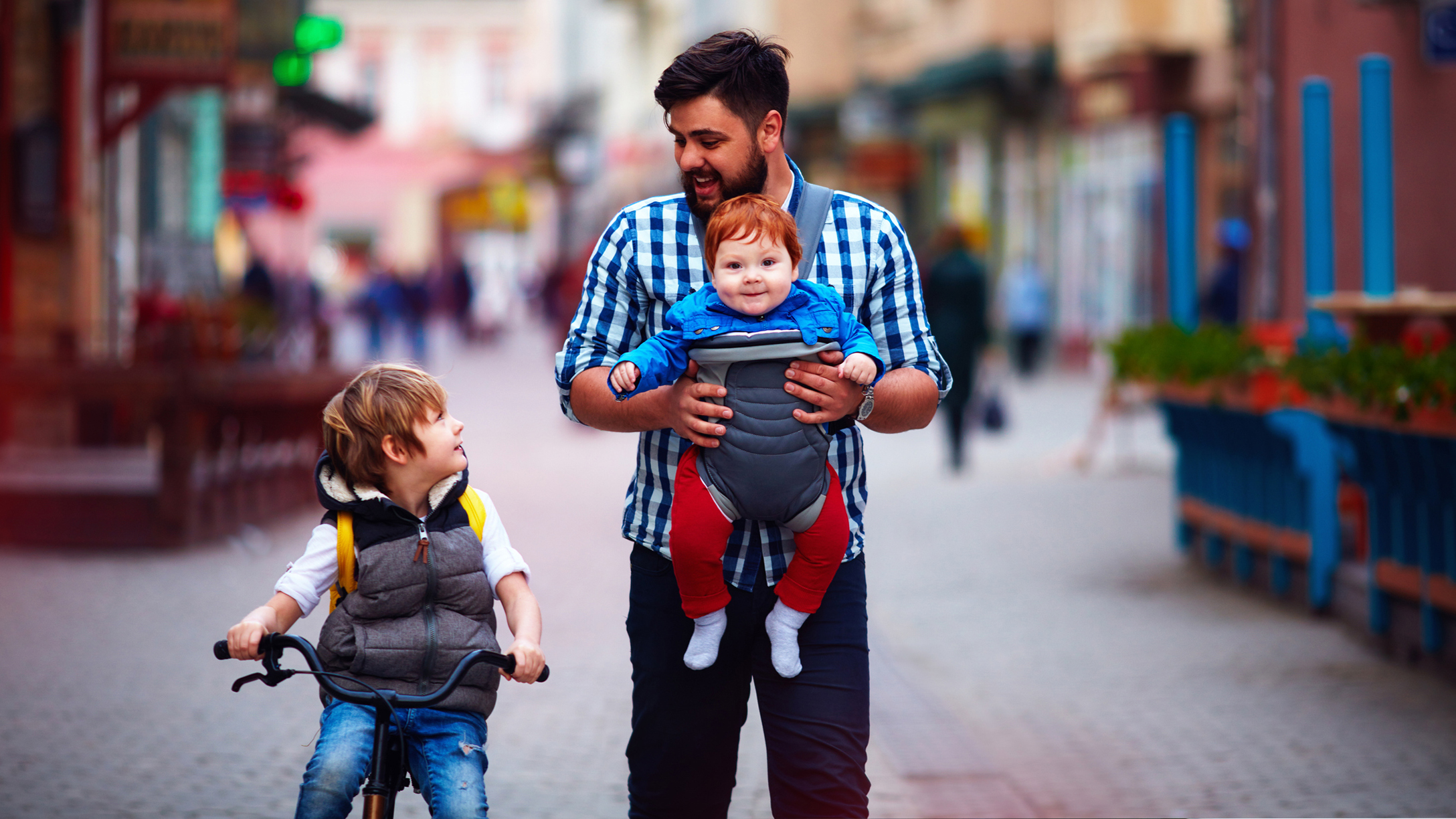
In this article
In the U.S., many parents return to work right away after a new baby — even if they don’t want to — because they simply can’t afford not to do so without paid family leave. What is paid family leave? It’s generally a catchall term that can include maternity, paternity, and adoption leave — or even a separate leave to care for a child or other family members.
Given that paid family leave isn’t assured in President Biden’s Build Back Better plan, it seems as if it would behoove us to learn more about what family leave looks like in the U.S. currently, as well as how other countries across the world handle it. Here are quick glimpses of paid family leave from not only the U.S., but 12 other countries, each with their own stipulated minimum benefits and eligibility requirements.
United States

For those of us who live in the U.S., we often fancy ourselves as the vanguard of all that is modern — be it technology, medicine, innovation, or whatever category we can come up with. Sadly, that is a myth we often tell ourselves — and to our detriment. Of the 193 countries in the United Nations, only eight — of which the U.S. is one — do not have paid family leave.
More than 183 countries provide paid time off for working mothers to be with their new babies or young children, and in at least 79 countries, the fathers also get it. However, in the U.S., family leave is a confusing amalgam of individual state and company policies. Even though the Family and Medical Leave Act (FMLA) is a federal law that entitles eligible employees of certain categories of employers up to 12 weeks of leave for certain reasons — that leave is unpaid.
Founding director of the World Policy Analysis Center at UCLA Jody Heymann told NPR that the U.S. is far behind the global landscape in paid parental leave. “The U.S. is absolutely the only high-income country that doesn’t, and as you can tell by the numbers, overwhelmingly the world provides it,” she said. “The world not only provides paid maternity leave but it also provides adequate paid paternity leave.”
- States with paid family leave: California, Massachusetts, New Jersey, New York, Rhode Island, Washington, and the District of Columbia (with Colorado, New Hampshire, and Oregon soon to follow)
- Length of paid time off new parents are allowed: Varies by state
- For both parents: Varies by state and employer
- Rate: Varies by state and employer
- Baby services provided: None
Australia
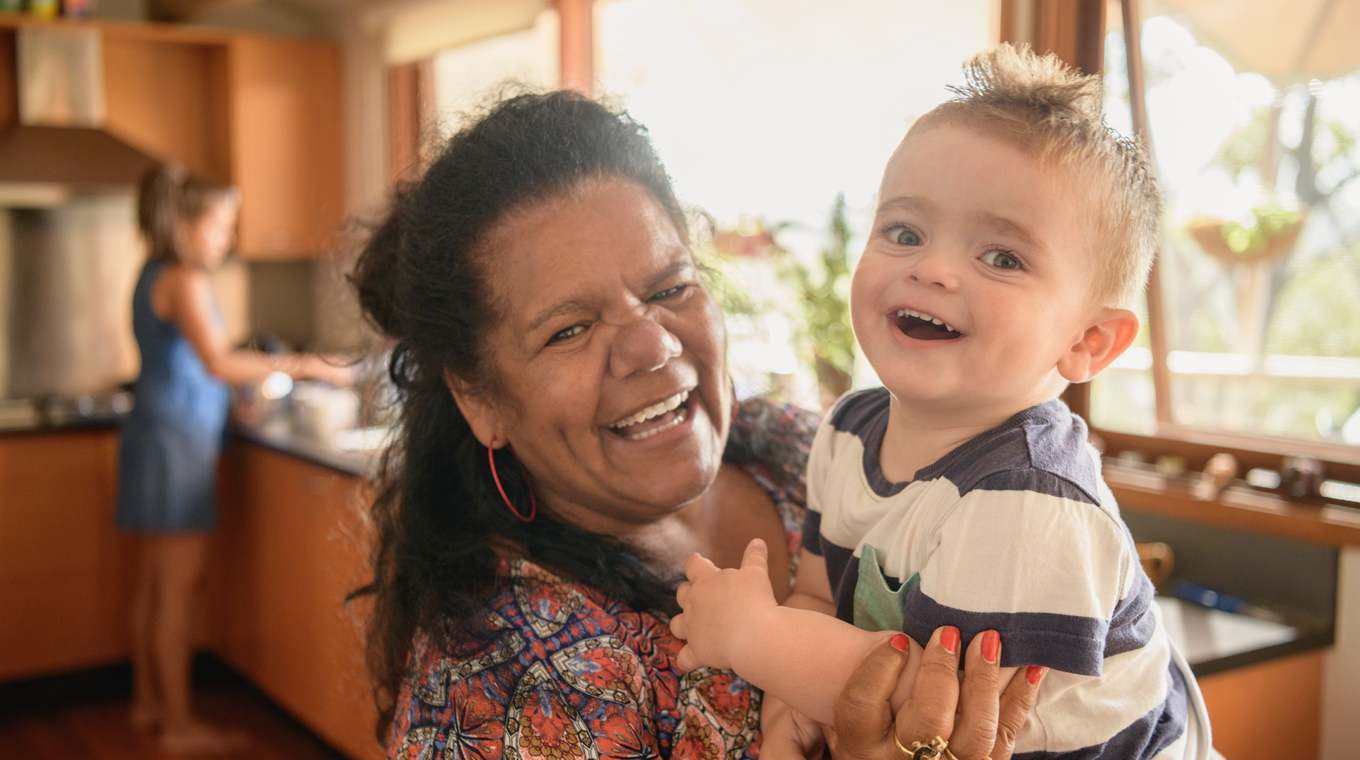
Australia has a combination of paid family leave from the government as well as those offered by certain employers to eligible employees. The most a family can receive of paid parental leave is a combined 20 weeks (18 weeks of paid parental leave and two weeks of dad and partner pay), although a single individual cannot take both paid parental and dad and partner pay — they would max out at 18 weeks.
Though the paid family leave is near the lower end of the range of the countries that offer paid family leave, Australia does offer an upfront, non-taxable payment per newborn child, as well as up to 13 weeks of monetary supplement that varies depending on whether it’s your first child or an additional child. The country also offes a family tax benefit that they pay per child.
- Length of paid time off new parents are allowed: Up to 18 weeks (12 weeks are continuous paid parental leave and six weeks of flexible paid parental leave), up to two weeks for dad and partner pay
- For both parents: One parent can take up to 18 weeks, and the other can take up to two weeks
- Rate: Based on the national minimum wage, currently at 42% of wages
- Baby services provided: Upfront, non-taxable, lump sum of per child; weekly, non-taxable supplement for 13 weeks (amount varies based on the number of children in the family); family tax benefit paid per child and subject to total family income
Canada

Our lovely neighbor to the north, Canada is in the relative middle of the pack compared to other nations and their family leave. Canada’s employment insurance (EI) for maternity and parental leave are for “people who are away from work because they’re pregnant or have recently given birth” or for “parents who are away from work to care for their newborn or newly adopted child.”
The person giving birth can apply for maternity leave and parental leave afterward, and the other parent can also apply to share the parental leave. There is a stipulation that if people choose to share their leave with a partner, they have to choose the same kind of leave (standard or extended) and that no one parent can take more than 35 weeks (standard) or 61 weeks (extended) of leave.
- Length of paid time off new parents are allowed: Up to 15 weeks (maternity), up to 40 weeks shared (standard parental), up to 69 weeks shared (extended parental)
- For both parents: Only the parent giving birth can take maternity leave, both parents can share either standard or extended parental leave
- Rate: 55% of wages, up to a maximum of $472.65 (USD) a week (maternity and standard parental), 33% of wages, up to a maximum of $283.59 (USD) a week (extended parental)
- Baby services provided: Provides resources and learning materials and access to information
Chile
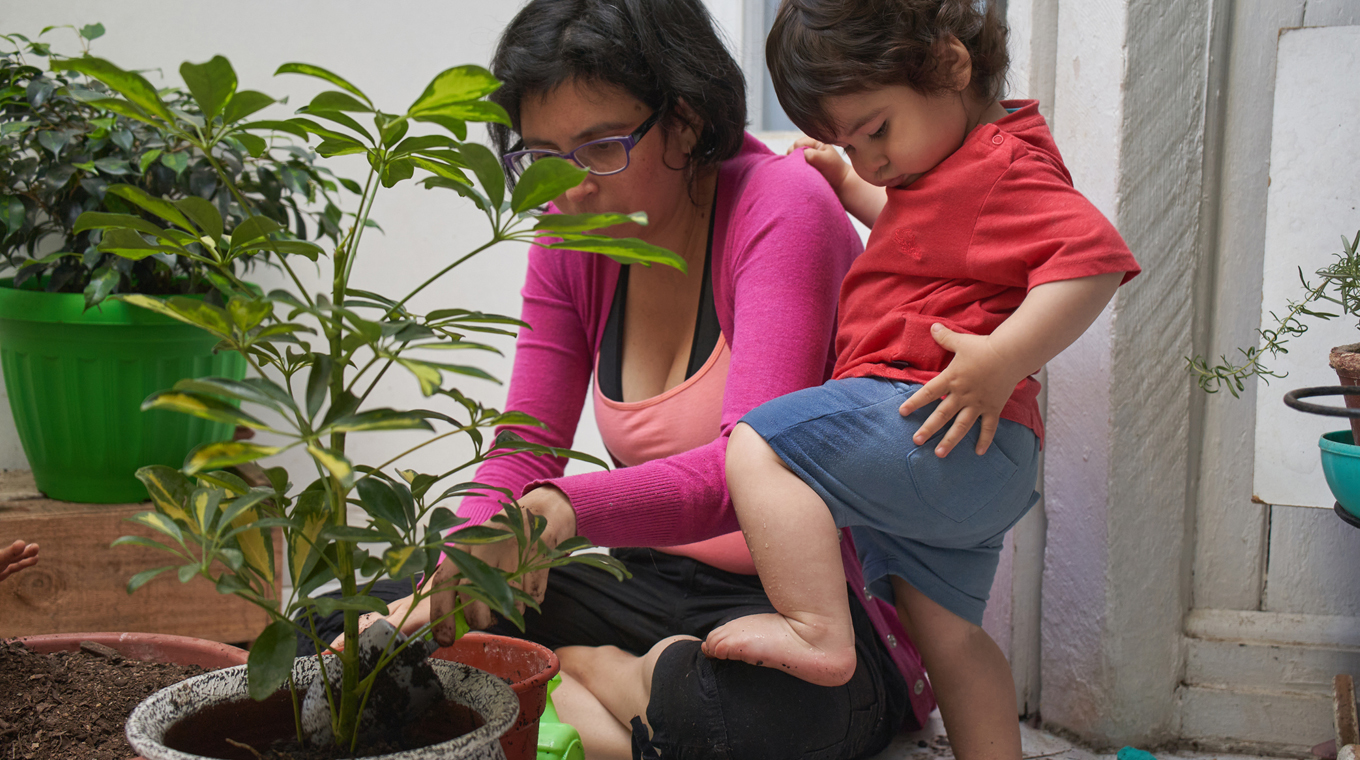
Chile not only has one of the longest minimum required weeks for maternity leave (30 weeks), they also are one of the few countries that require 100% of their paid salary. In addition, mothers are required to take leave six weeks before birth and 12 weeks after. However, as great as the maternity leave is, paternity leave is five days whether for birth or adoption. Another progressive measure passed by Chile’s first female president Michelle Bachelet provides all Chilean kids ages 0 to 6 with childcare and healthcare services.
- Length of paid time off new parents are allowed: Up to 30 weeks maternity leave (mandatory six weeks before birth, 12 weeks after, optional additional 12 weeks); five days for fathers or those adopting
- For both parents: Not really (fathers only get five days)
- Rate: 100% of wages
- Baby services provided: Free childcare and healthcare services from 0 to 6 years old
Estonia

Estonia boasts one of the longest leaves of any country. New mothers can receive up to 140 days of pregnancy and maternity leave at 100% wages and an additional 435 paid days they can split with their partner, called parental benefits. These parental benefits can be claimed by any parent (foster, adoptive, or guardian) and can extend until the child is 3 years old — all with guaranteed job protection. The caregiver can take the leave continuously or in stretches of working and staying home.
- Length of paid time off new parents are allowed: 140 days (pregnancy and maternity leave), 435 days (parental benefit split between both parents)
- For both parents: Yes, the parental benefit can be shared
- Rate: 100% of wages (or the minimum wage)
- Baby services provided: In addition to the parental benefit, there is also a child allowance that is paid until 16 years of age
Finland
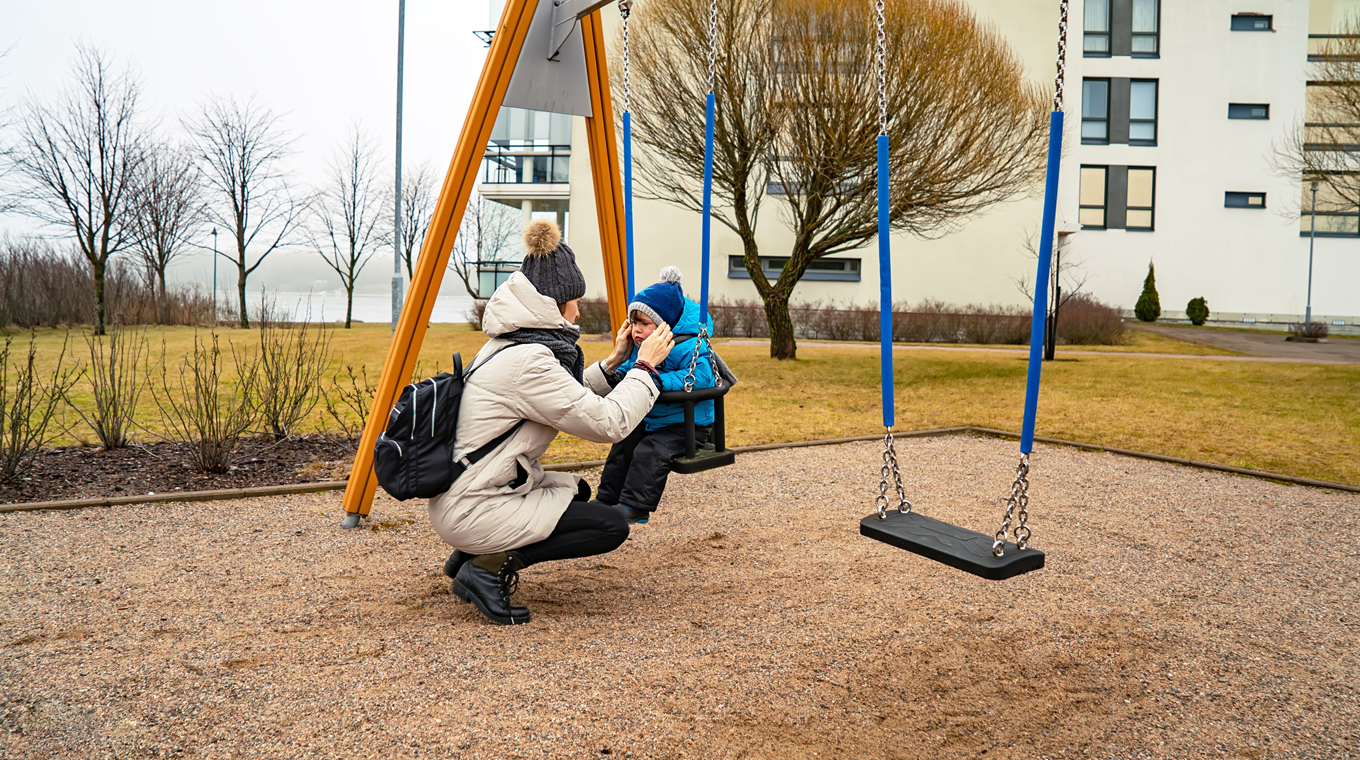
Starting in 2021, parents can take up to 164 days leave each — and will be able to transfer 69 of their days from their allotment to the other parent. The first 26 weeks are paid at 70% employee wages and a flat rate for the balance. Parents are also paid an allowance for the baby until they are 13 weeks old, and single parents will have the right to both parental payments. Yet despite it’s very generous parental leave, fathers in Finland tend not to use all their entitled parental leave days.
- Length of paid time off new parents are allowed: 164 days
- For both parents: Yes, a parent can transfer 69 of their days to the other parent
- Rate: 70% of wages the first 26 weeks, a flat rate for the remaining weeks
- Baby services provided: Parental allowance for baby from 0 to 13 weeks, single parents are entitled to both parental allowances
Israel

In Israel, women are guaranteed paid maternity leave for at least 15 weeks by the National Insurance Institute. Depending on the length of employee service at a company, the maternity leave can be even longer (up to 26 weeks). After mothers have taken six weeks of leave, families can choose to split the remaining weeks between each other. The father can overlap one week of leave with the mother if they forgo the last week of family leave.
Of note, Israeli maternity leave allows for miscarriages, abortions, stillbirths, and death of the child after birth. In addition, there is an allowance paid to parents to help allay the costs associated with raising children.
- Length of paid time off new parents are allowed: Up to 15 weeks (or 26 weeks if employed with the same employer more than a year)
- For both parents: Yes, parents can choose to split the remaining maternity leave after mother has taken six weeks
- Rate: 100% of maternity allowance
- Baby services provided: Paid child allowance to the family for children under 18; special allowance allotted for women who birth or adopt three or more children at the same time
Japan

In an effort to bolster the Japanese national birth rate as well as increase women in the workforce, both parents are entitled up to a year of paid parental leave after a child is born. For the first six months, parents receive 67% of their wages, and for the latter six months, they receive 50%. One parent is allowed to take leave up to their child turning 14 months old if both parents take some of their leave. Like many other countries, despite having one of the more generous paternity leaves in the world, few fathers take advantage of it, likely out of fear for their future employment prospects.
- Length of paid time off new parents are allowed: Up to 52 weeks (can be extended until the child turns 14 months old if eligible)
- For both parents: Yes
- Rate: 67% of wages first six months, 50% of wages second six months
- Baby services provided: Child allowance until the child is 3 years old
South Korea

In South Korea, both parents are entitled to a paid maternity or paternity leave as well as a paid parental leave afterward. Pregnant women are entitled to 45 days before birth and 45 days after birth from their employer, and fathers are entitled to 10 days of paid leave within 90 days of the child’s birth.
South Korea has rolled out changes to their family leave laws to combat the fear fathers may have of their careers being negatively impacted by taking paternity leave. Parents can take up to an additional year of leave in which the government will pay 80% of wages up to a certain cap. Employees can also choose to have reduced work hours for two years or some combination of work and leave.
- Length of paid time off new parents are allowed: 90 days (maternity), 10 days (paternity); 1 year (parental leave)
- For both parents: Yes
- Rate: Up to 80% of wages
- Baby services provided: Monthly cash allowance for infants up to 12 months (starting in 2022)
Mexico
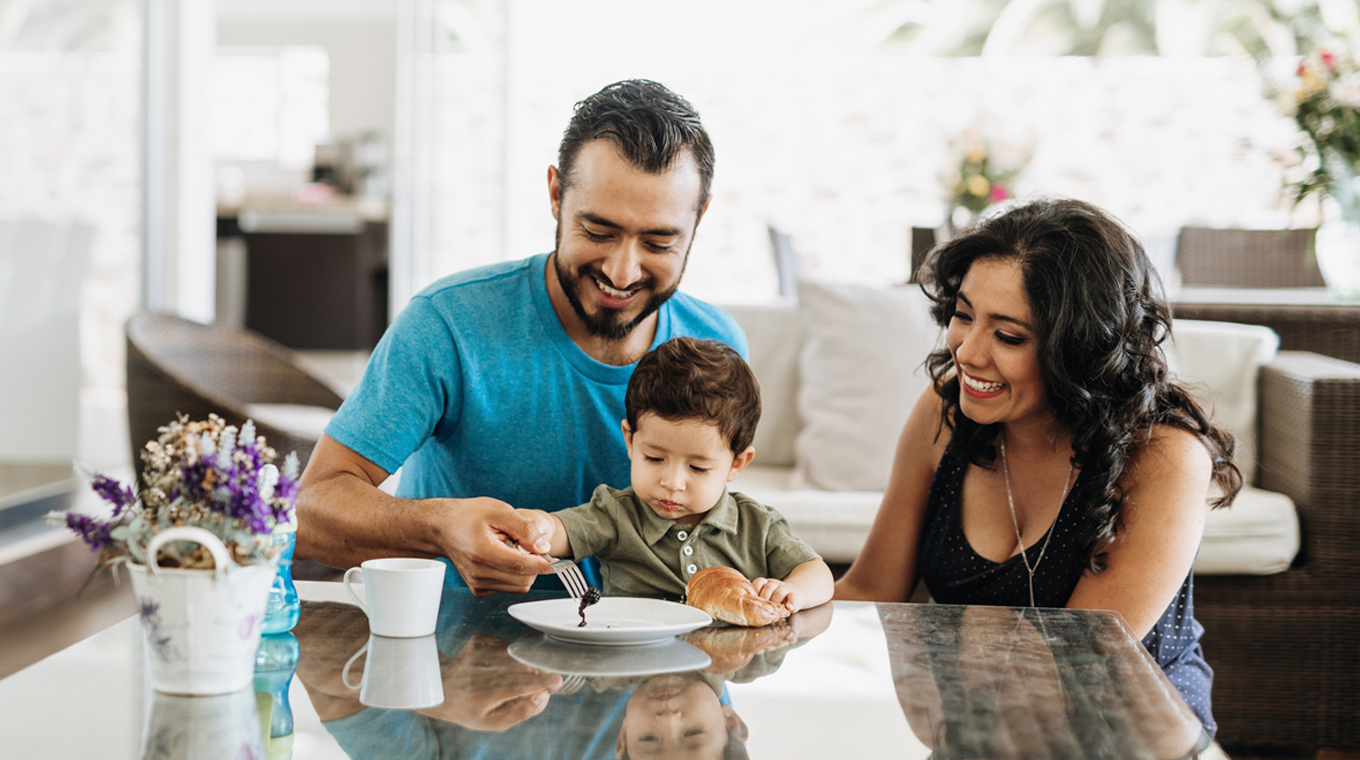
Our neighbor to the south provides six weeks of fully paid leave before birth for pregnant women and another six weeks of paid leave after birth for a total of 12 weeks. Mothers also have the option to transfer four of the pre-partum weeks to postpartum. Maternity leave may be increased to eight weeks if the child requires a hospital stay for medical attention or is born with a disability. It can also be increased with the working mother entitled to 50% of their wages up to 60 days if the mother is unable to return to work due to pregnancy or birth complications. Fathers are entitled to five workdays of paid leave for either birth or adoption.
- Length of paid time off new parents are allowed: 12 weeks (for birth); six weeks (adoption); five days (paternity leave)
- For both parents: Yes, but fathers are only allowed five days
- Rate: 100% of wages
- Baby services provided: Subsidized childcare for children under 4 years at a formal childcare center
Saudi Arabia
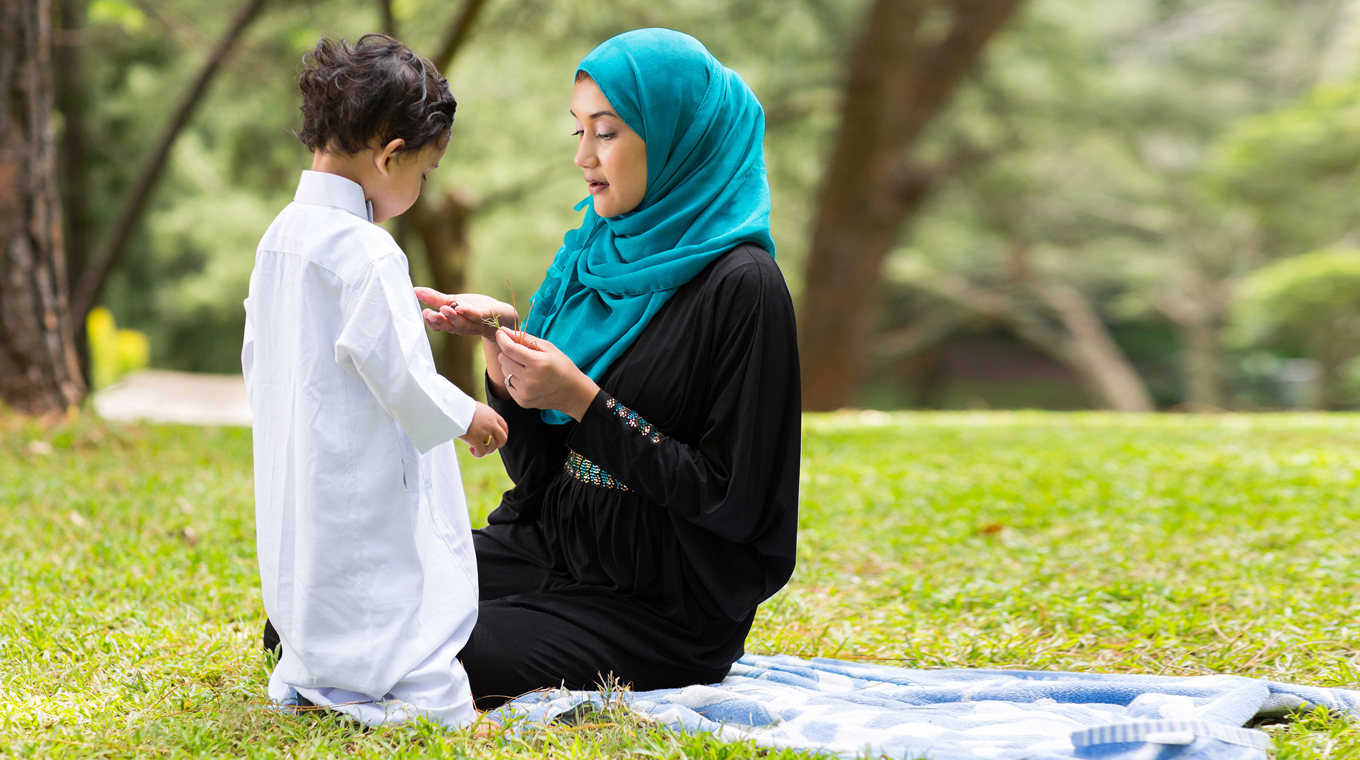
In the Kingdom of Saudi Arabia, mothers get 10 weeks total of paid leave — of which six weeks must be taken after birth. The remaining four weeks can be split before birth and after birth. Incidentally, it is illegal to employ a mother for six weeks after giving birth. In other words, though the mother may have a job, they are not allowed to work during that time. Mothers can also apply for an additional four weeks of unpaid leave immediately following their 10 weeks for a total of 14 weeks — and they are also entitled to take their full annual leave. Fathers only get three days of paid leave after birth.
- Length of paid time off new parents are allowed: 10 weeks (four weeks before birth, six weeks after birth) for mothers; three days for fathers
- For both parents: Yes, but differing amounts
- Rate: 50% to 100% of wages, depending on eligibility
- Baby services provided: n/a
Serbia
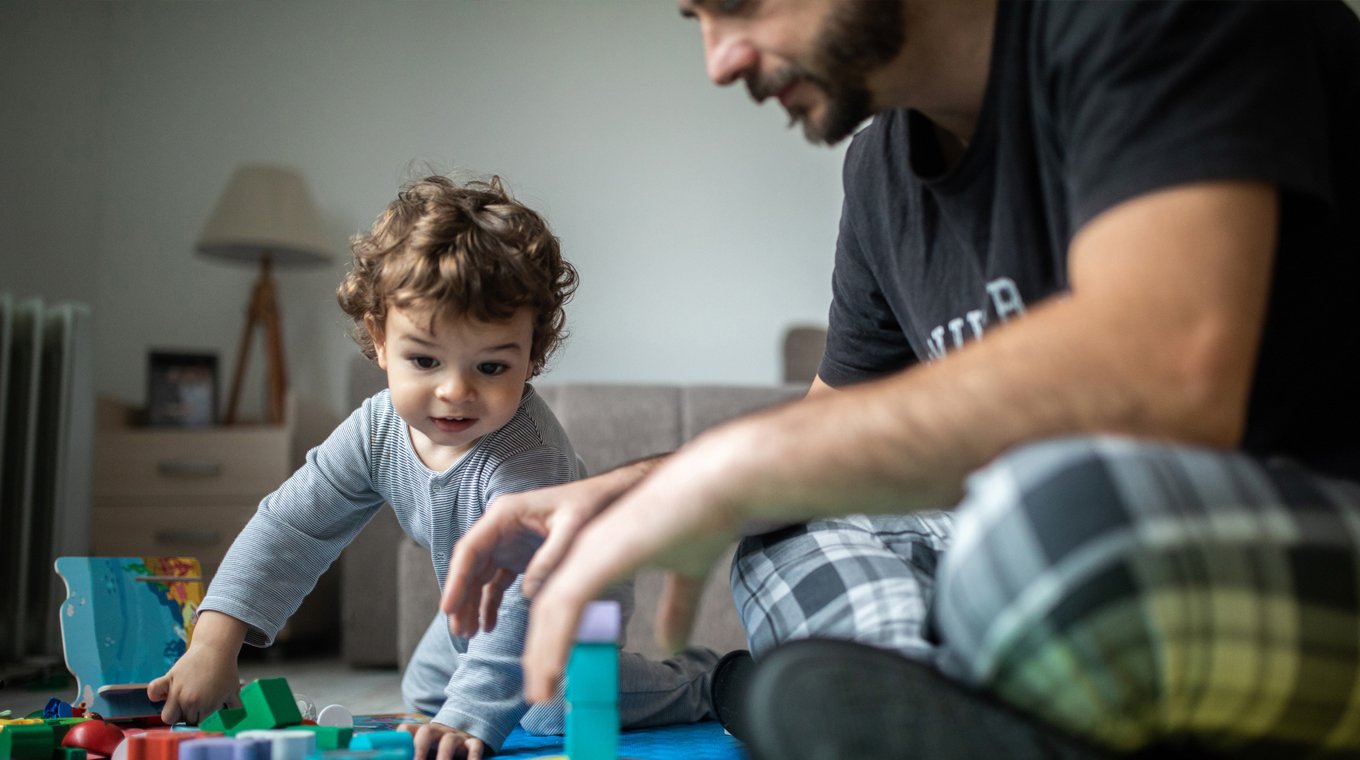
In Serbia, mothers can take 20 weeks of paid leave at 100% average daily wages for their previous 18 months, and after, they can take up to an entire year. The amount of compensation decreases over time from 100% (up to 26 weeks) to 60% (weeks 27–39) to 30% (weeks 40–52). A mother is entitled to a full year of leave for the first two children, and two years of leave for the next two children. If she has multiple births for her first or second pregnancies, she is entitled to two years as well. Fathers only get one week of fully paid leave.
- Length of paid time off new parents are allowed: 52 weeks (mother), one week (father)
- For both parents: Yes, but the father is only entitled to one week
- Rate: 100% of wages for first 26 weeks
- Baby services provided: Paid child benefits (dependent on number of children and capped)
Turkey
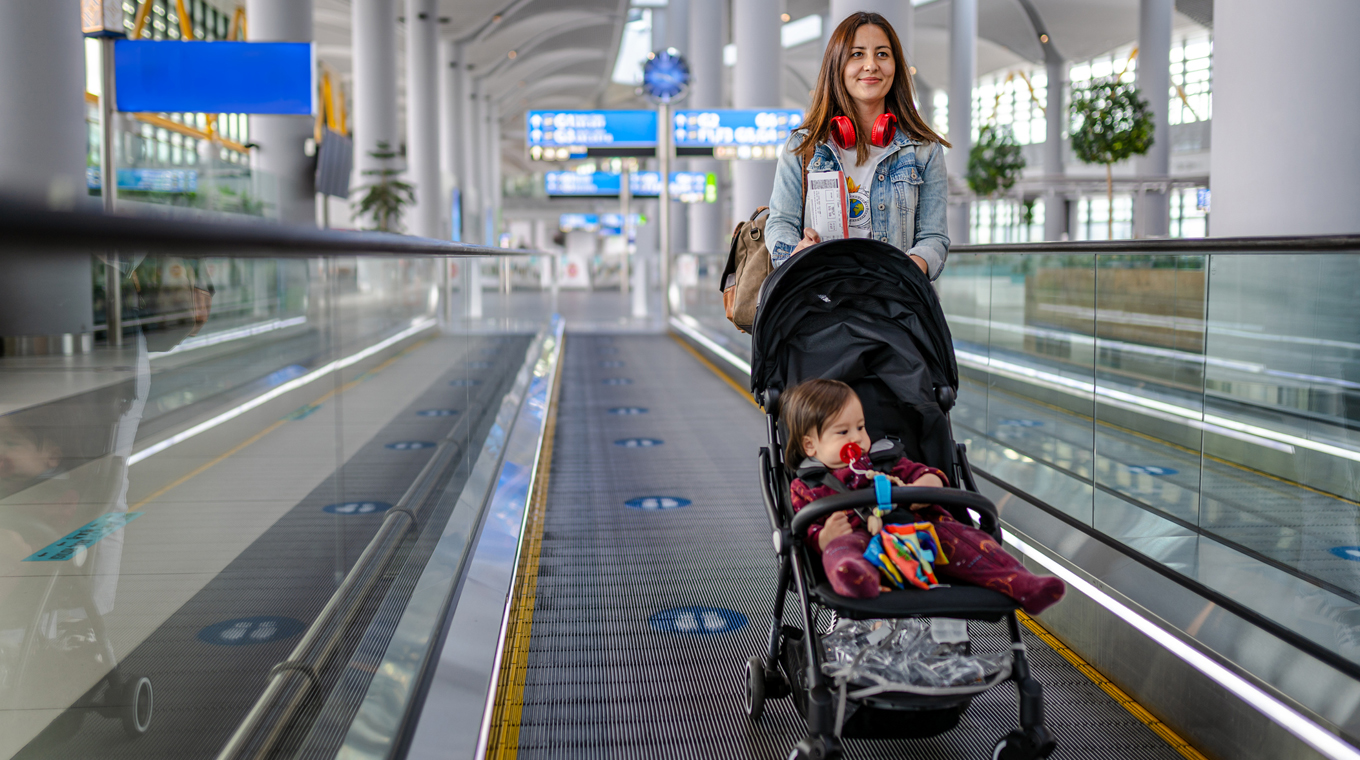
In Turkey, maternity leave laws were changed in 2016, and now women can take up to 16 weeks of paid leave, but the leave may not be taken entirely after birth. For cases of multiple births, maternity leave is increased to 18 weeks. A pregnant woman may work up until week 37 of pregnancy if her or the baby’s health allows for it. If mothers wish to add additional leave, they can apply for an additional six months of unpaid leave — which is separate from the annual leave allowance. Fathers are entitled to three days of paid leave.
- Length of paid time off new parents are allowed: 16 weeks (at least four weeks taken before birth), eight weeks for adoptions
- For both parents: Yes, but fathers are only allowed up to three days
- Rate: 66% of wages
- Baby services provided: Paid child benefit (varies on number of children)



